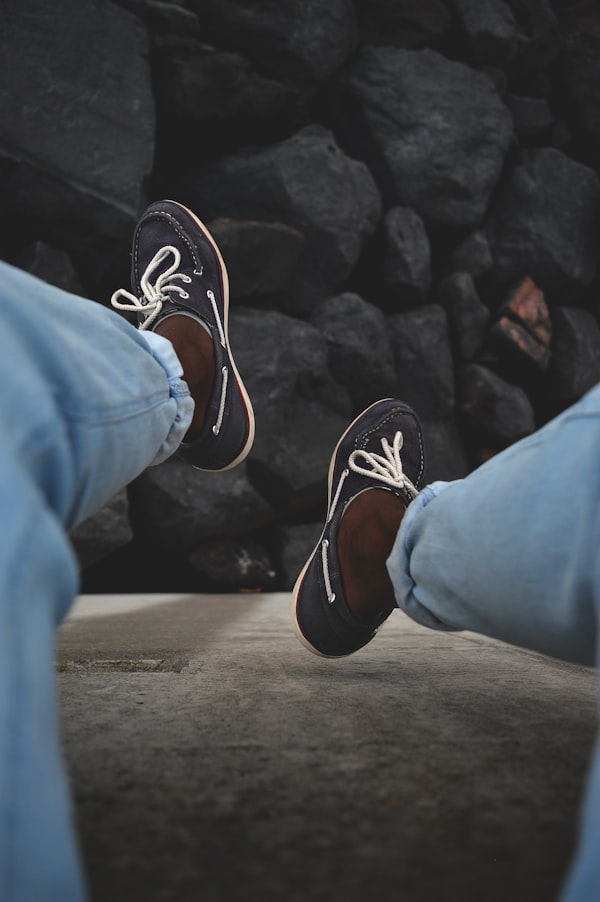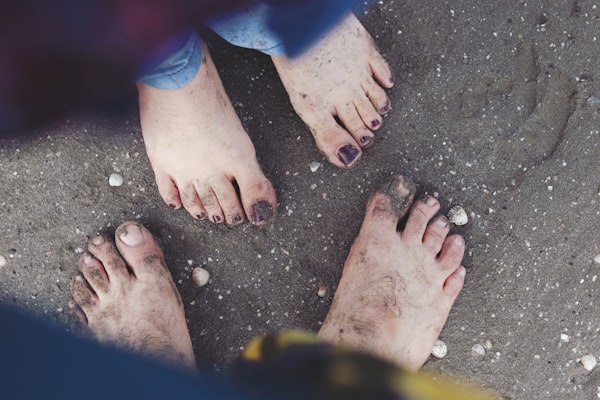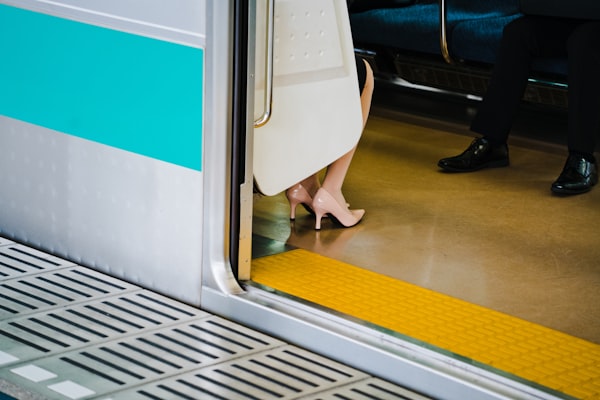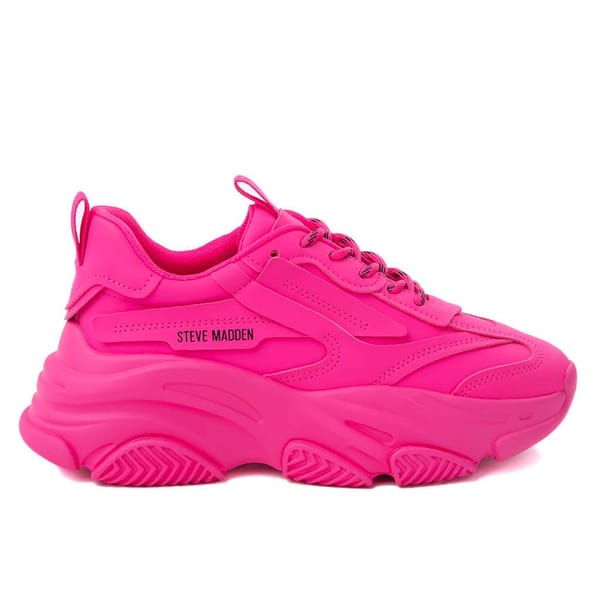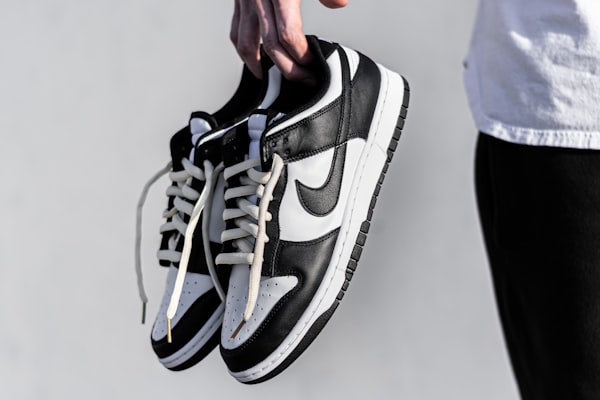Are your feet feeling the burn, even after taking a break?
If you're a sufferer of Accessory Navicular Syndrome (ANS), you know all too well the pain and discomfort that can come with it. And while you may have thought that taking a break from an activity or wearing supportive shoes would help, have you considered your footwear's role in your ANS symptoms?
You deserve to be able to walk, run, and dance pain-free, and that starts with making sure your shoes are up to the task.
Today we're examining how poor footwear can worsen ANS and giving you the information you need to find the right shoes. So, grab a comfy seat, put your feet up, and let's get started.
What Is Accessory Navicular Syndrome?
Accessory Navicular Syndrome (ANS) is a condition that affects the foot and can cause pain, swelling, and discomfort in the navicular bone area. The navicular bone is a small bone located on the foot's inner side, just above the arch. In some people, there is an extra (accessory) navicular bone present that can become irritated and cause symptoms.

The cause of ANS can be due to overuse, injury, or congenital (present at birth) factors. Symptoms can include pain, swelling, and tenderness in the navicular bone area. In addition, certain activities can worsen them, such as standing or walking for extended periods or wearing the wrong shoes.
Are My Shoes Exacerbating My Symptoms?
Your shoes can definitely exacerbate your symptoms, primarily if they don't provide enough support or cushioning for your feet. The two main contributors to symptoms are shoes that don't offer the proper support and shoes that don't fit well.
1. The Wrong Type of Shoes
The wrong type of shoes can exacerbate Accessory Navicular Syndrome (ANS) symptoms because they can put additional stress on the navicular bone and surrounding tissues. Shoes with inadequate arch support, cushioning, and stability can cause increased pressure and friction on the navicular bone, leading to irritation, pain, and inflammation.
Wearing high heels, flip-flops, or shoes with poor arch support can also contribute to developing or worsening ANS symptoms. Choosing shoes that provide the right support, stability, and cushioning is essential to help alleviate the pressure on the navicular bone and reduce symptoms.
2. Shoes that Don't Fit Well
Shoes that don't fit well can exacerbate Accessory Navicular Syndrome (ANS) symptoms because they can cause increased pressure and friction on the navicular bone and surrounding tissues. Shoes that are too tight or too loose can cause the foot to slide inside the shoe, leading to increased friction and rubbing on the navicular bone and increased stress on the surrounding tissues. Shoes that don't fit well can result in pain, swelling, and discomfort in the navicular bone area and worsen ANS symptoms.
Choosing shoes that fit well, provide adequate support and cushioning, and have the right stability level to reduce the pressure on the navicular bone and alleviate symptoms is essential.
Are There Shoes that Won't Cause Pain and Discomfort?
Some shoes can help alleviate pain and discomfort for those with Accessory Navicular Syndrome (ANS). Shoes that provide proper arch support, good fit, and adequate cushioning can help reduce the pressure on the navicular bone and alleviate symptoms. In addition, shoes with a stable and supportive design can help control the foot's motion and reduce friction and rubbing on the navicular bone.
Some good options include shoes designed explicitly for ANS, such as orthopedic shoes, and shoes with supportive features like good arch support, shock absorption, and a broad, stable base. Check out our in-depth guides for assistance in choosing the right shoes and getting the right fit.


You can consult a doctor or podiatrist to determine the best type of custom orthotic shoes or inserts for your needs. However, you will need to make several visits to the office and wait 4-6 weeks for your shoes or inserts to be delivered.
For a more convenient option, many over-the-counter orthotic shoes and inserts can provide the necessary support and cushion for ANS sufferers. To give you a head start, we've researched and reviewed the best shoe models and brands for easing your ANS symptoms. The best part is that every shoe we've chosen can be delivered to your door in just a few days.


Tips from Our Editors
Please check out the tips section of the articles linked above, where we share a lot of pointers to help you find the right shoes to alleviate the pain and discomfort that comes with Accessory Navicular Syndrome (ANS).
On a Final Note
Don't let your shoes be the sole cause of your ANS pain. From high heels to flip-flops, it's time to choose your footwear wisely. Empower your feet with the support and cushioning they need to keep ANS symptoms at bay.
Remember, the right shoes can make all the difference, so take the first step toward a pain-free future today!



